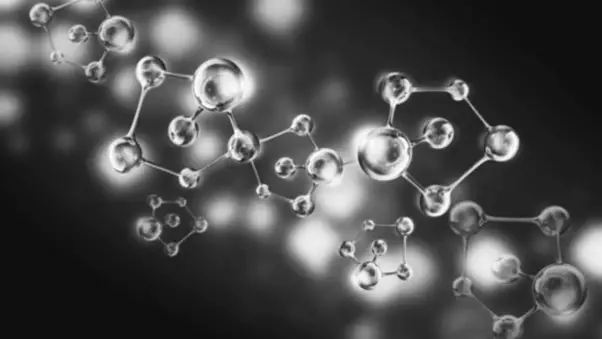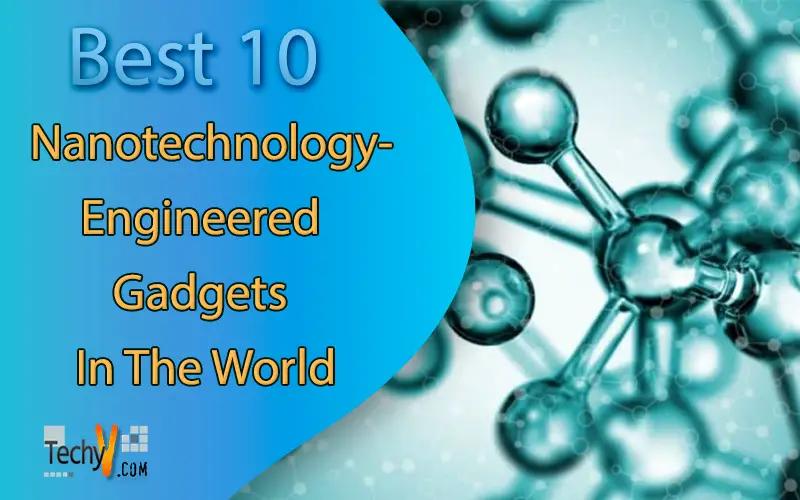By manipulating atoms and molecules, nanotechnology studies specific property changes on the nanoscale. The goal is to use these phenomena in the design, characterization, production, and application of materials, structures, devices, and systems. For comparison, a sheet of paper or a head of hair has a thickness of about 100,000 nanometers. One nanometer is added to a fingernail every second.
1. Computers
IBM announced in 2021 that it had produced a silicon semiconductor that was only two nanometers in size. According to a press release, it is more than triple the size of today’s most advanced chips and has a performance rate that is 45% higher. Scientists affirm that Moore’s law will ultimately run into a brick wall, pushing silicon, the primary composite, to the edge of its potential.

2. Carbon Nanotube Body Armor
Functional bulletproof materials are essential for law enforcement officers and military personnel who face a high risk of gunfire. Bulletproof vests prevent a bullet from penetrating the wearer’s body by spreading the force of the impact over a wider area than the point of impact. Traditional bullet-resistant materials like Kevlar are being improved with the help of nanotechnology, which is currently undergoing testing.

3. Solar Panels
The production of solar cells requires a lot of energy. It can result in a lot of waste, but solar power allows people to harness electricity from the sun without directly producing waste.

4. Transdermal Patches
Transdermal administration injects a substance beneath the skin and into the bloodstream. Transdermal patches typically deliver a specific medication dosage after being applied to a person’s skin, allowing patients to avoid uncomfortable injections and gastrointestinal problems by ingesting the pill. The only drugs that could be administered through transdermal patches up until recently were those with molecules small enough to penetrate the skin.
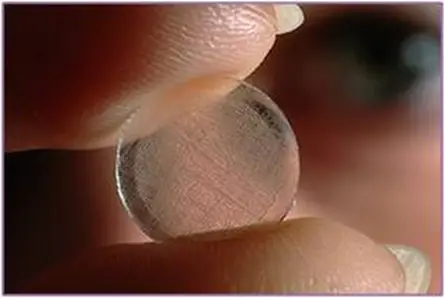
5. Nanotech Meets Contact Lenses And Virtual Reality
Contact lenses are the answer that nanotech offers to the problem of the need for large headsets in virtual reality environments. An organization based in Bellevue, Washington, A center filter and display lens were integrated into the center of a contact lens by Innovega using its iOptik platform.

6. A Nanotech Detector For Heart Attacks
That is precisely what Axel Scherer, Ph.D., of Caltech, and Eric Topol, MD, of Scripps Health in San Diego, have been collaborating on. Their technology includes little bloodstream nanosensor chips that can sense the precursor of a heart attack.
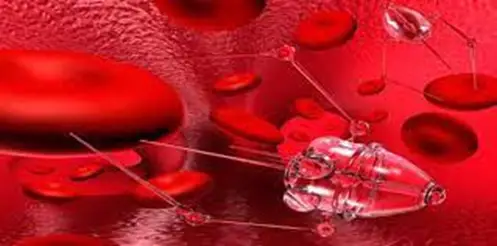
7. Tiny 3-D Printed Batteries
The materials, or “inks,” developed and tested by the Harvard School of Engineering and Applied Sciences can act as electrochemically active materials. For the materials to be stacked up in layers during 3-D printing and produce active anodes and cathodes, they had to harden into layers just the right way. The use of tiny batteries in devices like biomedical sensors and skin-based monitoring systems could revolutionize the medical device industry.
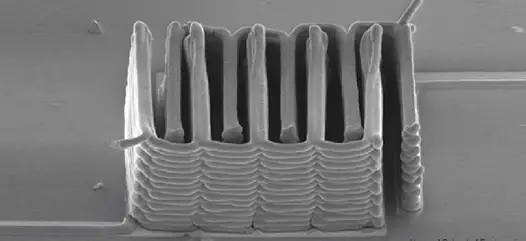
8. Chips That Are Incredibly Flexible And Can Encircle A Hair Strand
Based at ETH Zürich, the researchers achieved this feat by building up thin polyvinyl layers that are then covered with an electronic circuit. Two polyvinyl layers dissolve when water submerges, leaving a one-micrometer-thick sheet of Parylene with a tiny circuit embedded inside. According to the researchers, the transistors still work when encircled by human hair.
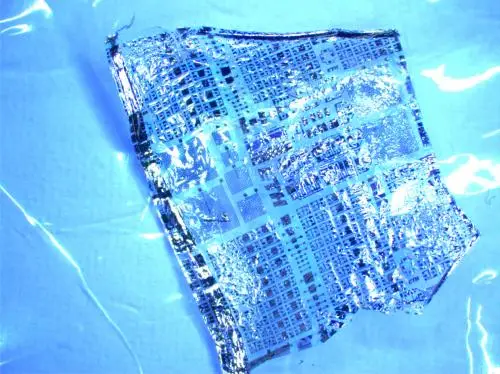
9. Biodegradable Electrodes
Bettinger, an assistant professor of materials science and biomedical engineering, is a pioneer in the search for battery materials that can be ingested, enabling the powering of potentially ingestible medical devices. He ultimately discovered that when used as anode materials, naturally occurring melanins derived from cuttlefish ink exhibit higher charge storage capacity than other synthetic melanin derivatives.
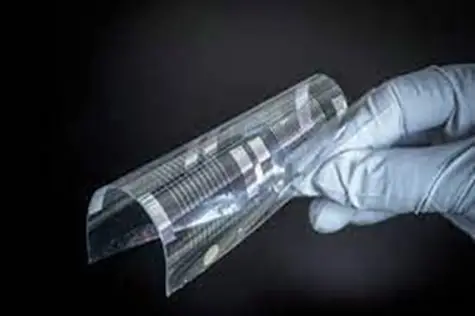
10. Silver Germ-Killers
More and more products, including self-sanitizing toothbrushes and clothing, are made with silver nanoparticles. One day, toothpaste might contain it. The ability of microscopic silver particles to kill bacteria has long been known, but there hasn’t been much research on whether silver also poses health risks.
